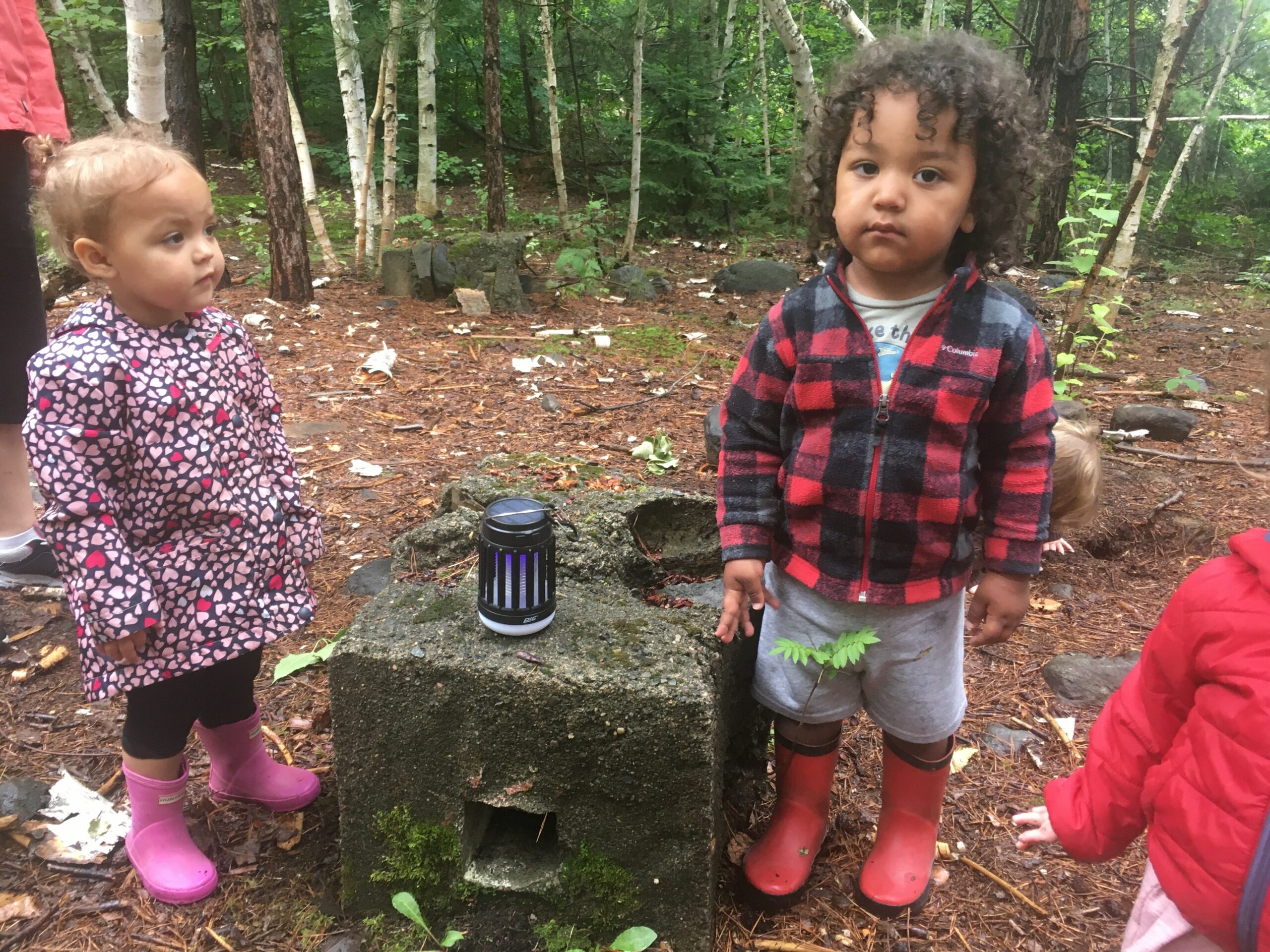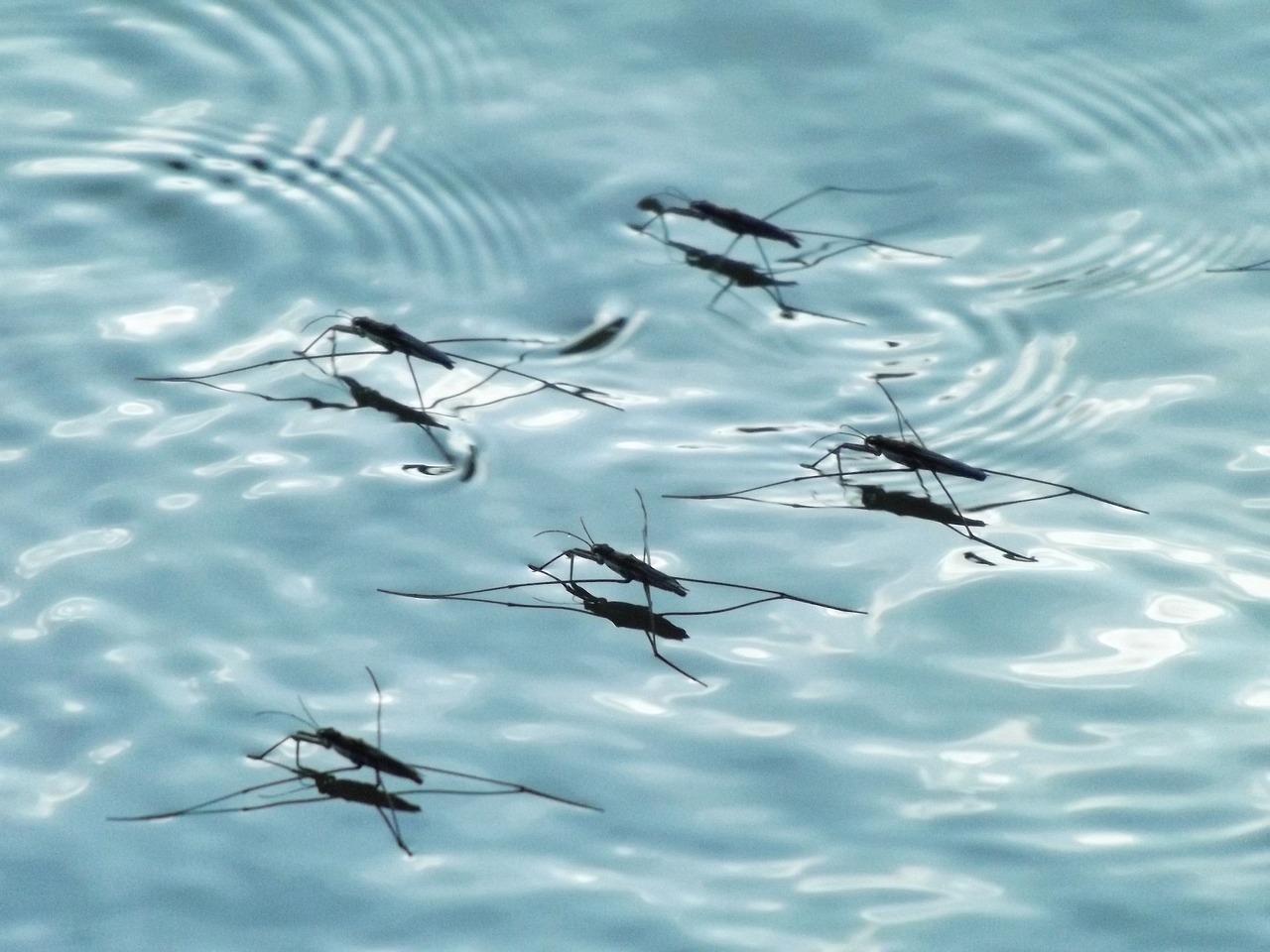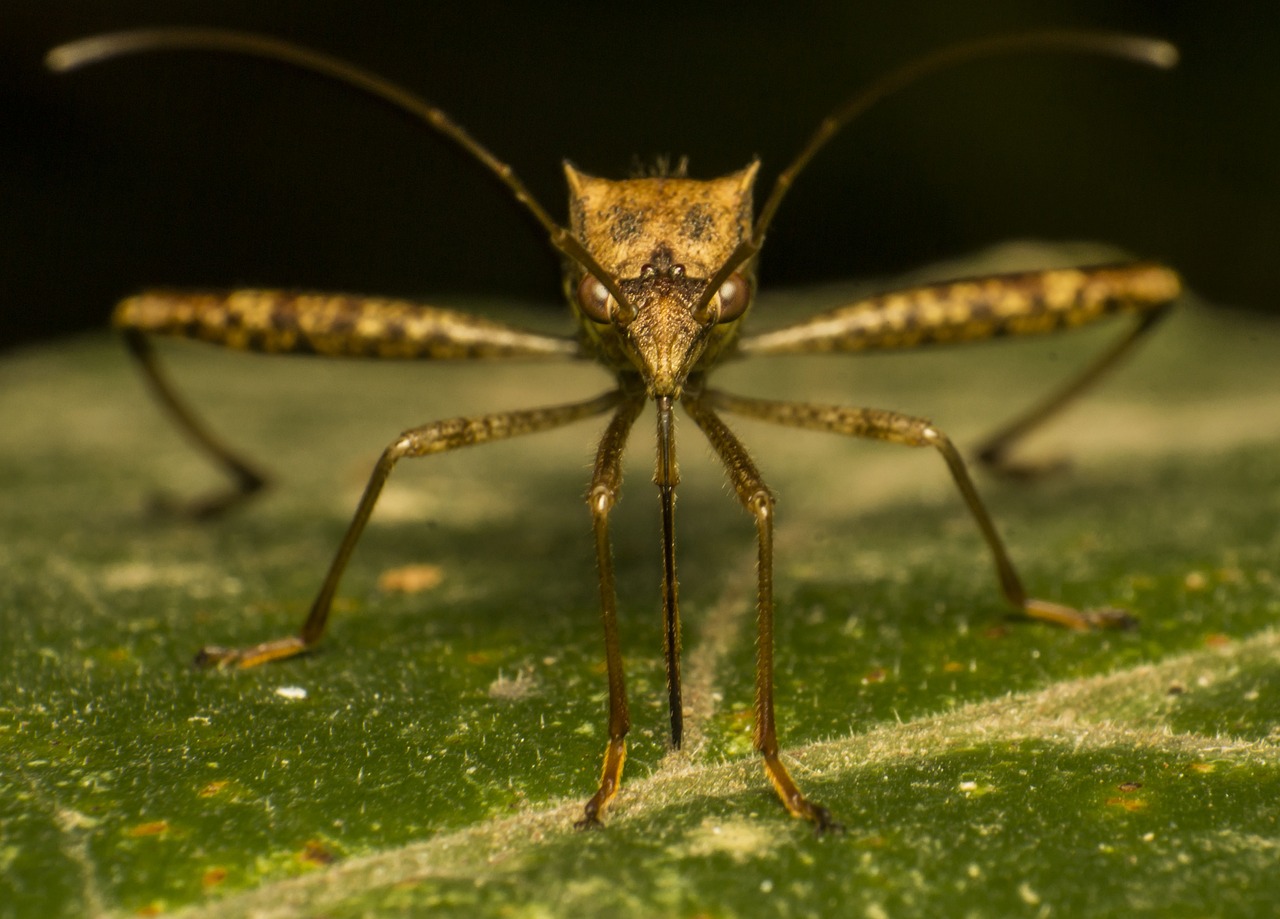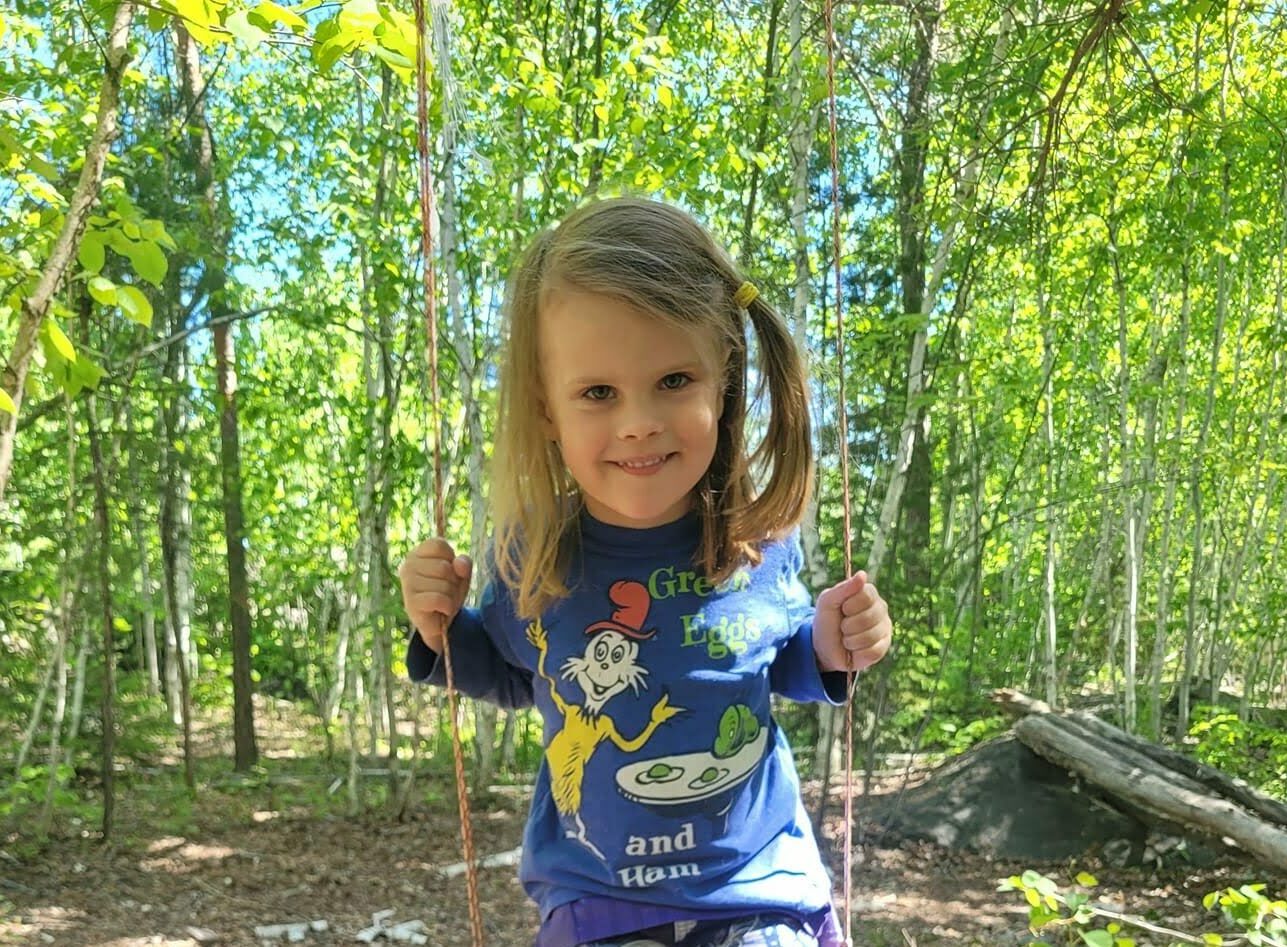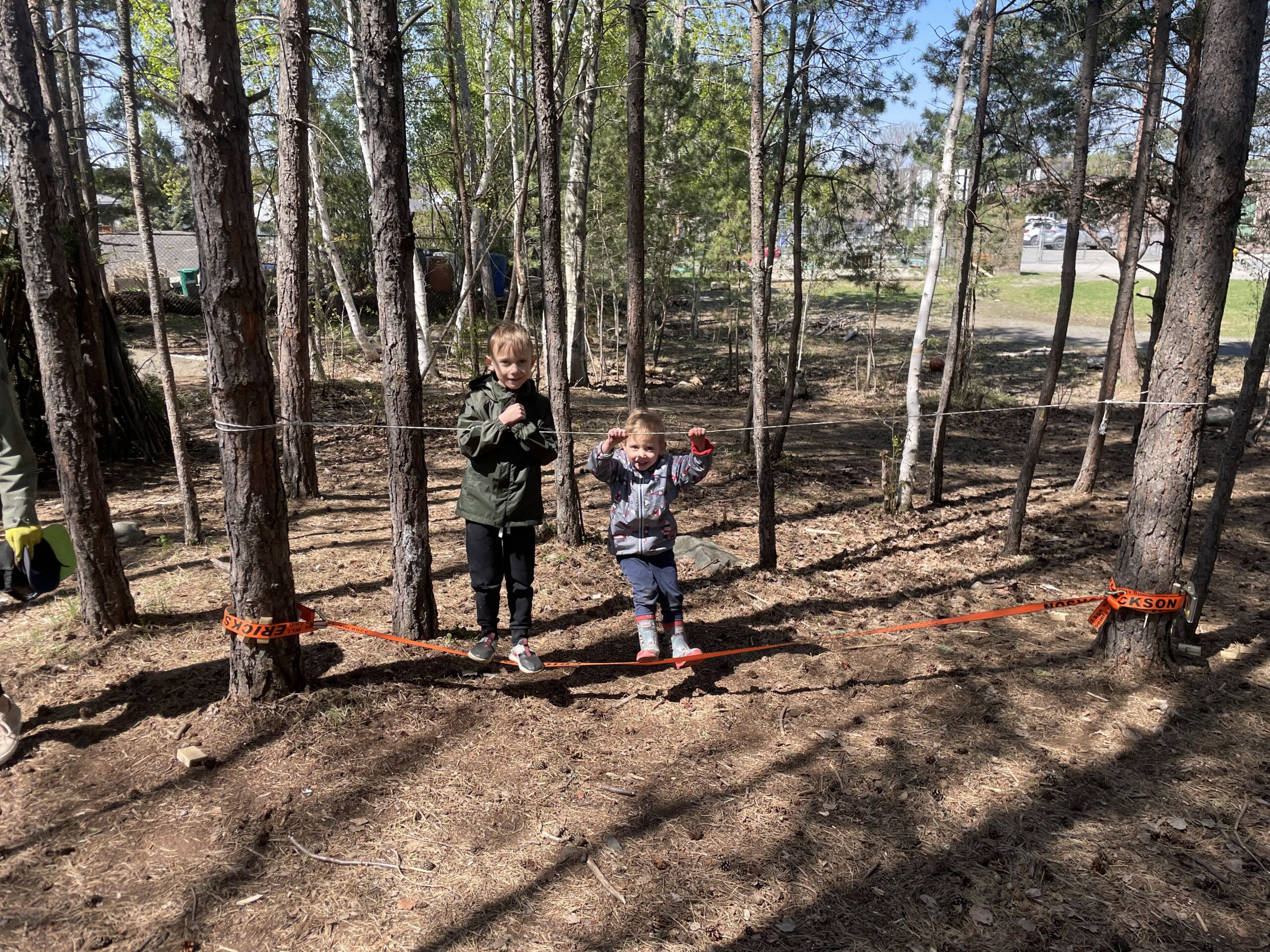Summer is here, and it is full of changes! This month, we are talking about the move of Place des tout-petits (yes, you read that right!) and the progress of the CPE forêt project. But that is not the only news of the month, we also have some special guests we would like to introduce. Yes, the heat has arrived, and so have the inevitable mosquitoes! We can not hide the fact that they are particularly unpleasant, and that we have even had to cancel some forest outings due to the sheer number of aggressive mosquitoes.
But are they really that bad?
Mosquitoes, an essential link in the food chain and ecosystem.
Mosquitoes are fragile, long-legged insects. There are over 3,500 species worldwide, including 82 in Canada. They are often considered pests because of their itchy bites.
Most of the mosquito species found in forests belong to the Aedes type. These species are found throughout Canada, and can be recognized by their slender, pointed abdomens, striped in black and white. They are most common shortly after the end of winter, and during the evenings in spring and summer.
Interestingly, the common mosquito, also known as the house mosquito, is smaller in size and is often found inside homes in early spring and late autumn.
It is the females who bite. Mosquitoes feed on the nectar of flowers and plants, but females also need blood to obtain the proteins they need to mature their eggs, which they can lay up to 300 at a time! Depending on the species, female mosquitoes feed on animal or human blood. To do this, they stick their stylets into blood vessels and inject saliva containing an anesthetic and an anticoagulant to facilitate blood flow. Contrary to what you might think, mosquitoes do not die after biting!
But what is it that particularly attracts them?
It is the smell of our sweat! Mosquitoes use their sense of smell to detect sweat from a distance of almost 50 meters. They are particularly attracted by the carbon dioxide released when we perspire and by certain molecules present in sweat. Some people release more CO2 and are therefore more likely to be bitten, such as :
- Pregnant women,
- People after a cardio,
- People who are overweight or have been drinking alcohol,
- Sick people with a fever.
How to protect yourself?
First of all, it is important to reduce the habitats favored by mosquitoes around your home. Mosquitoes lay their eggs in stagnant water, so be sure to regularly empty flower pots, gutters and water collectors.
At Boréal des tout petits, CPE forêt, project coordinator Mathieu Lambert is experimenting a battery-powered mosquito lamps during outings in the forest.
There are also repellents containing citronella oil, eucalyptus oil and geranium oil, which are particularly effective. But it is important to follow the instructions for use, and not to use children’s repellents on babies under 2 months of age.
Finally, remember to wear protective clothing outside during the hours when mosquitoes are most active, at dusk and dawn. Light-colored, long, loose-fitting clothing, as well as socks and closed shoes, are most effective.
Adopt reflexes to protect yourself while letting them play their essential role!
Like bees, mosquitoes contribute to pollination. Some plants even depend exclusively on them for reproduction! What is more, mosquitoes and their larvae are a source of food for many animals, including fish, birds, bats and other insects. They are therefore essential to the balance of the food chain.
Fun fact
A 100-million-year-old mosquito fossil has revealed that mosquitoes already existed at the time of the dinosaurs! The second oldest mosquito fossil has been discovered in Canada. It is preserved in a fragment of amber from southern Alberta dating back 76.5 to 79.5 million years.
Their role is ultimately essential, and has been for thousands of years. So we adapt to let them play their role in nature. After all, they are only present for a small part of the year.
Mosquitoes are not the only thing we are seeing in the forest these days!
That is right, the Boréal forest is welcoming more children this summer. In addition to summer camps, Place des tout-petits has moved to Boréal des tout-petits, as construction is currently underway at Place des Arts in Greater Sudbury.
This has undeniable advantages for the children, who benefit from more frequent outings thanks to the CPE forêt program set up at their temporary location.
At Boréal des tout-petits, we have the advantage of a vast space for the children to enjoy:
- Base camp in the forest,
- The duck walk,
- Macdonald-Cartier sports field,
- The car playground (currently accessible only to summer camps).
The children at Place des tout-petits are happy to enjoy the space in the forest and share it with their friends at Boréal des tout-petits. The construction is therefore a good opportunity for them to enjoy these moments.
Progress on the CPE forêt!
This is the end of the action-research project and, following a meeting with the research team, we will soon be publishing the research report. It is currently being finalized.
Once published, there will be a knowledge mobilization. This will take the form of a webinar presenting a computer-generated summary of the action research carried out.
The next step in the CPE forêt project will be to focus on supporting other early childhood centres in the development of outdoor programs.
We can not wait to see children in other centres benefit from the advantages of outdoor education!
Carrefour francophone would like to say thank you
Our project partners: PLAYLearnThink, Collège Boréal, Centre Louis Riel; our research partners: Child and Family Social Innovation Centre and our funder: Employment and Social Development Canada.



